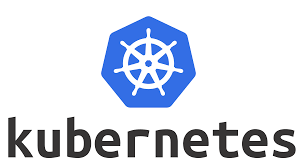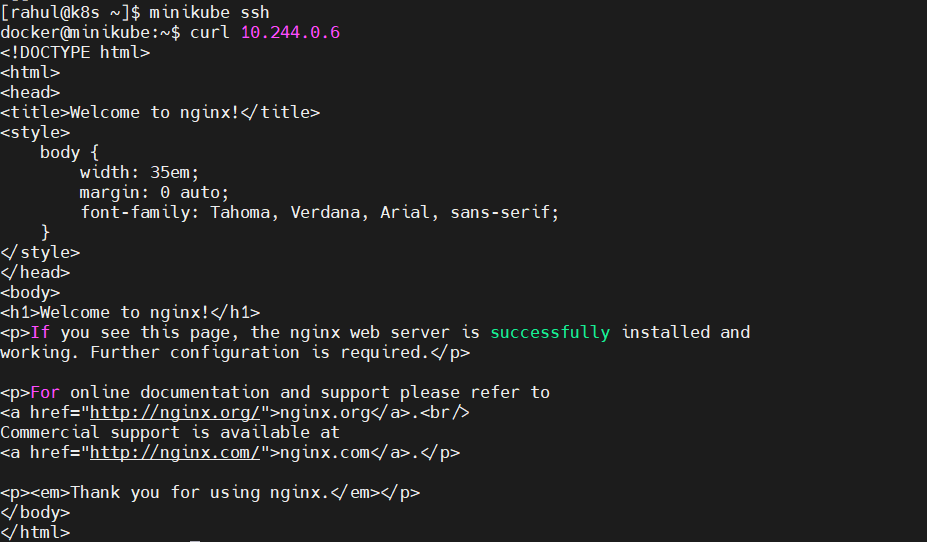Day 31 : Launching your First Kubernetes Cluster with Nginx running
 Rahul Singh
Rahul Singh
What is minikube?
Minikube is a tool that allows you to run a single-node Kubernetes cluster on your local machine. It's designed for developers and those new to Kubernetes, providing a simple and easy-to-use way to experiment with and learn about the platform without the complexities of setting up a full-scale cluster
What are the features of minikube?
(a) Supports the latest Kubernetes release (+6 previous minor versions)
(b) Cross-platform (Linux, macOS, Windows)
(c) Deploy as a VM, a container, or on bare-metal
(d) Multiple container runtimes (CRI-O, containerd, docker)
(e) Direct API endpoint for blazing fast image load and build
(f) Advanced features such as Load Balancer, filesystem mounts, Feature Gates, and network policy
(g) Addons for easily installed Kubernetes applications
(h) Supports common CI environments
Task-01:
Install minikube on your local

What is pod?
Pods are the smallest deployable units of computing that you can create and manage in Kubernetes.
A Pod (as in a pod of whales or pea pod) is a group of one or more containers, with shared storage and network resources, and a specification for how to run the containers. A Pod's contents are always co-located and co-scheduled, and run in a shared context. A Pod models an application-specific "logical host": it contains one or more application containers which are relatively tightly coupled. In non-cloud contexts, applications executed on the same physical or virtual machine are analogous to cloud applications executed on the same logical host.
Task-02
Create your first pod on Kubernetes through minikube






Document Link to Install Minikube and Kubectl
Minikube : https://minikube.sigs.k8s.io/docs/start/?arch=%2Flinux%2Fx86-64%2Fstable%2Frpm+package
Kubectl : https://kubernetes.io/docs/tasks/tools/install-kubectl-linux/
Subscribe to my newsletter
Read articles from Rahul Singh directly inside your inbox. Subscribe to the newsletter, and don't miss out.
Written by
